How Self-Service Kiosks Are Reshaping the Banking Sector?
The banking industry is undergoing a transformative change with the advent of self-service kiosks. These user-friendly, technology-driven machines are revolutionizing the way banks operate and how customers engage with financial services. In this article, we will explore the significant impact self-service kiosks are making in the banking sector, from improving efficiency to enhancing the customer experience.
The Rise of Self-Service Banking:
Self-service kiosks have gained prominence in the banking sector as institutions seek ways to streamline operations and reduce overhead costs. These kiosks enable customers to perform a wide range of banking transactions without the need for traditional tellers.
Enhanced Customer Experience:
Self-serve touch screen kiosks offer customers greater convenience and flexibility. They can access their accounts, deposit checks, withdraw cash, and even apply for loans or credit cards at their own pace, without waiting in long lines. This convenience enhances the overall banking experience.
Improved Efficiency:
Banks are constantly striving to enhance operational efficiency. Self-service kiosks automate routine transactions, allowing staff to focus on more complex tasks. This leads to shorter wait times, reduced staffing needs, and increased productivity.
Accessibility for All:
Self-service touch screen kiosks are designed with accessibility in mind. They offer features such as adjustable screen heights, tactile buttons, and audio instructions to cater to customers with disabilities. This inclusivity ensures that banking services are available to everyone.
24/7 Availability:
One of the most significant advantages of self-serve kiosks is their round-the-clock availability. Customers can access their accounts and perform transactions at any time, making banking more convenient and accommodating to diverse schedules.
Security Measures:
Security is a top priority for banks, and self-service kiosks are equipped with advanced security measures. These include encryption, biometric authentication, and secure card readers to protect customer data and financial transactions.
Cost Savings:
Implementing self-service touch screen kiosks can lead to substantial cost savings for banks. With fewer tellers needed for routine transactions, institutions can allocate resources more efficiently and reduce labor costs.
Digital Transformation:
Self-serve kiosks are a part of the broader digital transformation in the banking sector. They complement online and mobile banking services, providing customers with a seamless multichannel experience.
Customization and Personalization:
Modern self-service kiosks offer customization options that allow banks to tailor the user experience. Institutions can showcase their branding, offer targeted promotions, and provide relevant information to customers.
Real-Time Data and Analytics:
Self-service touch screen kiosks generate valuable data on customer behavior and transaction patterns. Banks can use this data to gain insights into customer preferences, optimize service offerings, and make data-driven decisions.
Future Trends:
The future of self-serve kiosks in banking looks promising. With advancements in artificial intelligence and machine learning, kiosks are likely to offer even more personalized and predictive services, further improving the customer experience.
Conclusion:
Self-service kiosks are reshaping the banking sector by offering convenience, efficiency, and enhanced customer experiences. As banks continue to invest in technology and adapt to evolving customer preferences, self-service kiosks will play an increasingly vital role in delivering innovative financial services. The transformation is not just about improving operations; it’s about creating a more customer-centric and accessible banking ecosystem that benefits both financial institutions and their clients

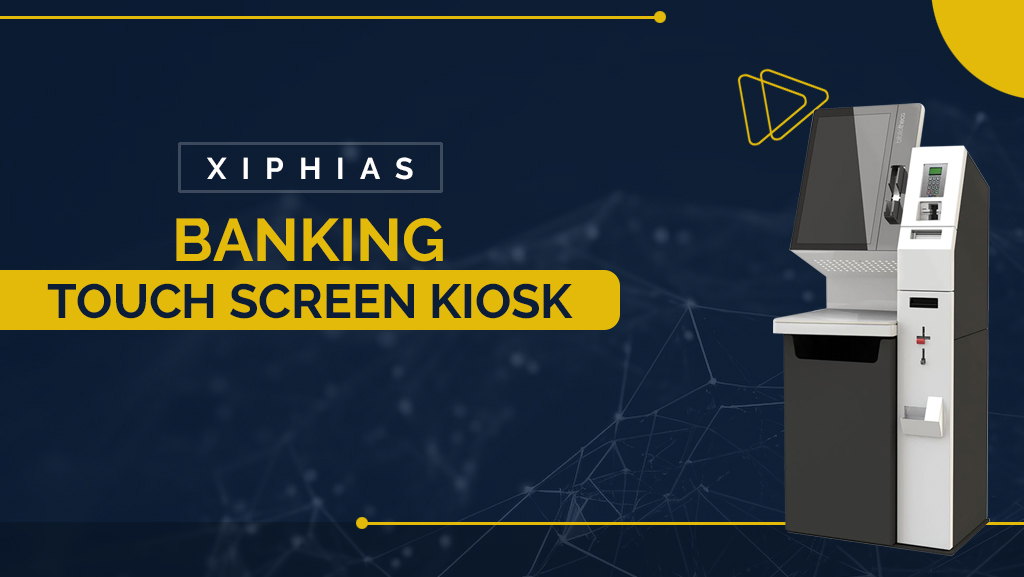
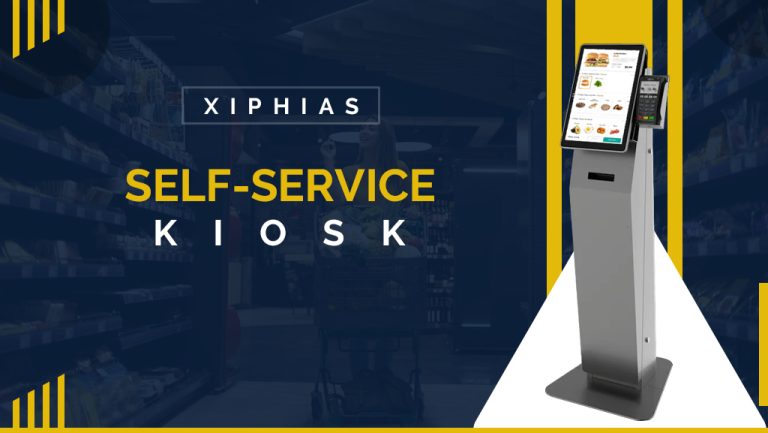
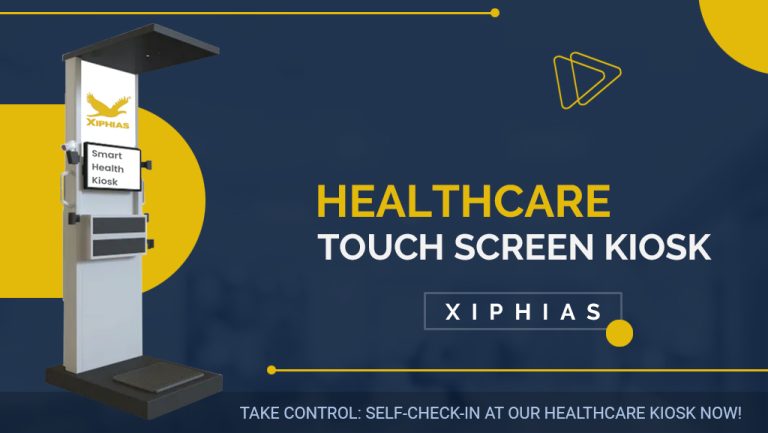
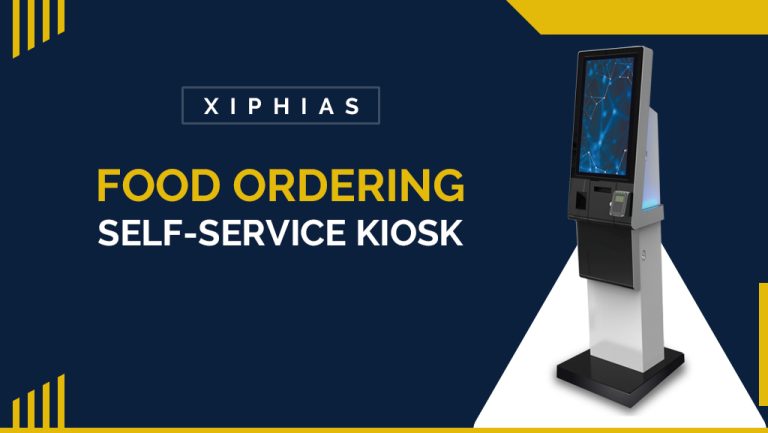
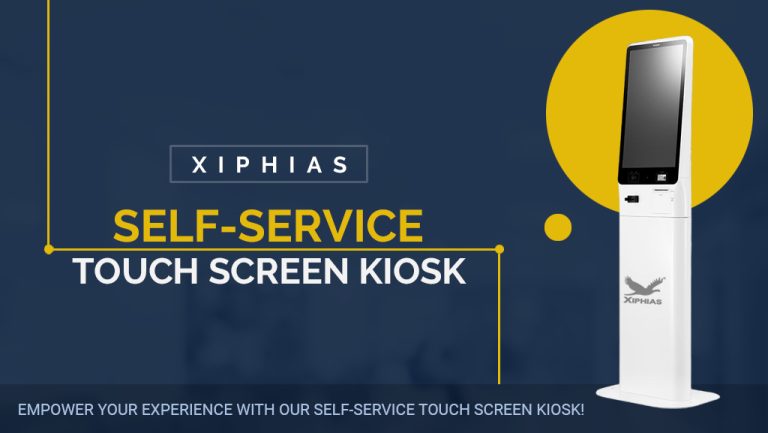
It is one of the best sites that I have visited rainbow obby